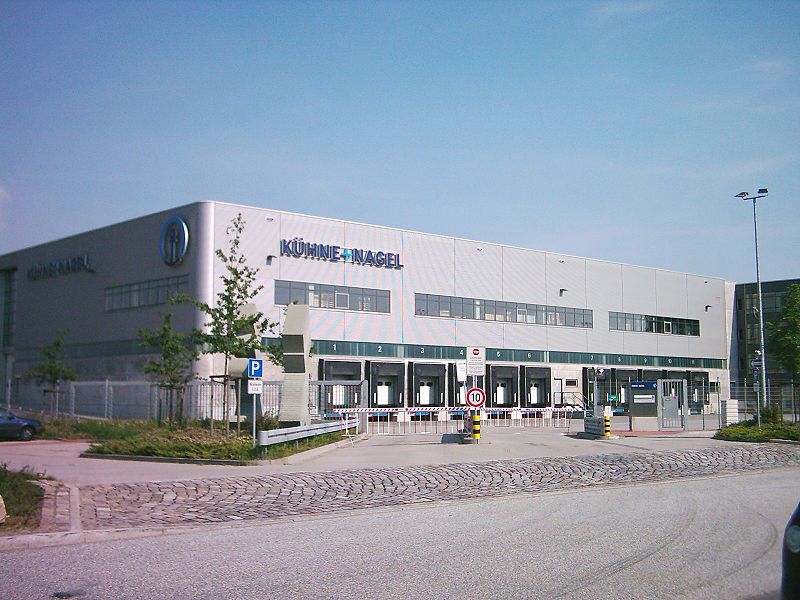
In my first article on 3PL, I explored the concept and some of its advantages and disadvantages. In this article, I will explain why I think 3PL will become more and more important for global health and aid.
The push for economy
Rightly or wrongly (and if you followed this blog you know where I stand on that question), there is a big push from donors to economise on ‘HQ’ or ‘overhead’. This means that the pressure is on to decrease the size of departments in headquarters, including logistics departments[1]. Conversely, when there is a crisis, it is fairly easy to get donors to fund the necessary extra capacity that is needed specifically for that crisis. This fits very well with the 3PL model: when there is a crisis, we can quickly ‘buy’ additional capacity.
Of course, this is sound thinking anyway, even apart from donor pressure: why would you want to pay for capacity when it’s not necessary? Large logistics departments are often legacies from a different era, when it was normal to have everything in-house and outsourcing was unheard of.
The move to urbanised settings
 As more of the world’s population is concentrated in urbanised areas, more of our work is done in those areas too. Especially in aid, the idea that our work would take us mostly to out-of-the-way locations in the bush, is thoroughly antiquated: more and more, we work in the shantytowns, slums, barrios, favelas, or whatever they might be called. Local 3PL contractors (see the picture to the right for a good example) are at an advantage here compared to having our own transport fleet. Specifically for aid activities, an added bonus is that we pour more money in the local economy instead of using the iconic, imported white landcruiser.
As more of the world’s population is concentrated in urbanised areas, more of our work is done in those areas too. Especially in aid, the idea that our work would take us mostly to out-of-the-way locations in the bush, is thoroughly antiquated: more and more, we work in the shantytowns, slums, barrios, favelas, or whatever they might be called. Local 3PL contractors (see the picture to the right for a good example) are at an advantage here compared to having our own transport fleet. Specifically for aid activities, an added bonus is that we pour more money in the local economy instead of using the iconic, imported white landcruiser.
But even more conventional 3PL providers have an edge here: unlike in many more rural areas, they do have a presence in and knowledge of most cities and many towns. I haven’t worked in any capital yet in which they were not represented, and very few larger towns.
New models of cooperation
Many 3PL providers are actively trying to acquire knowledge of and expertise in fields that were traditionally the preserve of specialised organisations like NGOs and ministries of health. They see large growth opportunities and are keen to get on board, learning as they go in order to be able to deliver better quality than the competition. This also means that they are prepared to cooperate in new ways, using new models that are a better fit with global health and aid work; e.g. temporarily stationing staff within a logistics unit to improve support and communication, or helping to make information systems interoperable (something I will write more about in the next article in this miniseries). For us, this is a big opportunity to improve our effectiveness and efficiency by using what the providers offer in the way of expertise and (not unimportantly) funds and operations scale.
Where this will lead us
It will be clear that the use of 3PL can have big advantages for global health and aid. However, to be able to use the opportunities that are offered, we will need to work hard on some of our outlooks and practices. In the next article in this series, I will describe what this will mean for how we work.
[Images by Erik Söderström and C. Frank Starmer. Some rights reserved.]
Footnote
Back to post [1] This is actually becoming a bit less of an issue for health authorities now that there is more attention for ‘systems strengthening’. Perversely, it is actually becoming more important for aid organisations.
{









 First a truism: water is heavy. Just try to haul around 90 litres of the stuff and you will totally agree with me. In fact, it is so heavy that carrying it can lead to severe health problems. E.g., a 2003 Lancet article describes how
First a truism: water is heavy. Just try to haul around 90 litres of the stuff and you will totally agree with me. In fact, it is so heavy that carrying it can lead to severe health problems. E.g., a 2003 Lancet article describes how  In the developed world, we use this really nifty invention for our water logistics: pipes, a technology that has served us well for more than 2000 years (although one shouldn’t underestimate the amount of
In the developed world, we use this really nifty invention for our water logistics: pipes, a technology that has served us well for more than 2000 years (although one shouldn’t underestimate the amount of 